By Eric Hammel
Many historians consider the Suez-Sinai campaign in the autumn of 1956 the last hurrah for British and French colonialist efforts in the Middle East. Whether or not that was the case, the campaign was certainly a highly successful dress rehearsal for the Israeli Defense Force (Zahal) and the stunning Six-Day War 11 years later, as well as an authentic military campaign in its own right. It was, in every way, Zahal’s coming-out party.
The seeds of the Suez Crisis were sown on July 23, 1952, when Egyptian Army officers overthrew their nation’s long-ruling monarch, King Farouk. Emerging at length to head the new Egyptian government was the mercurial and charismatic Colonel Gamal Abdel Nasser, a veteran of the Egyptian Army’s humiliating defeat by Israel in 1948. Convinced that he was destined to head the great pan-Arab alliance of millennial myth, Nasser launched an unrelenting rhetorical campaign against Israel in particular and the western world in general, which he denounced as an age-old colonizing menace.
Nasser’s campaign against Israel had less to do with defeating the eight-year-old Jewish state than with providing a convenient rallying cry he could use to unite the divergent Arab masses. Nasser’s efforts took the form of state-sponsored terrorism and as a barrage of vicious radio broadcasts aimed at the Arab street. For all his sound and fury, however, Nasser at first was only mildly annoying to the Israelis, and he was not seen as a serious threat until he successfully brokered a massive 1955 arms deal with Soviet-controlled Czechoslovakia, which suddenly placed Egypt in the preeminent military position in the region.
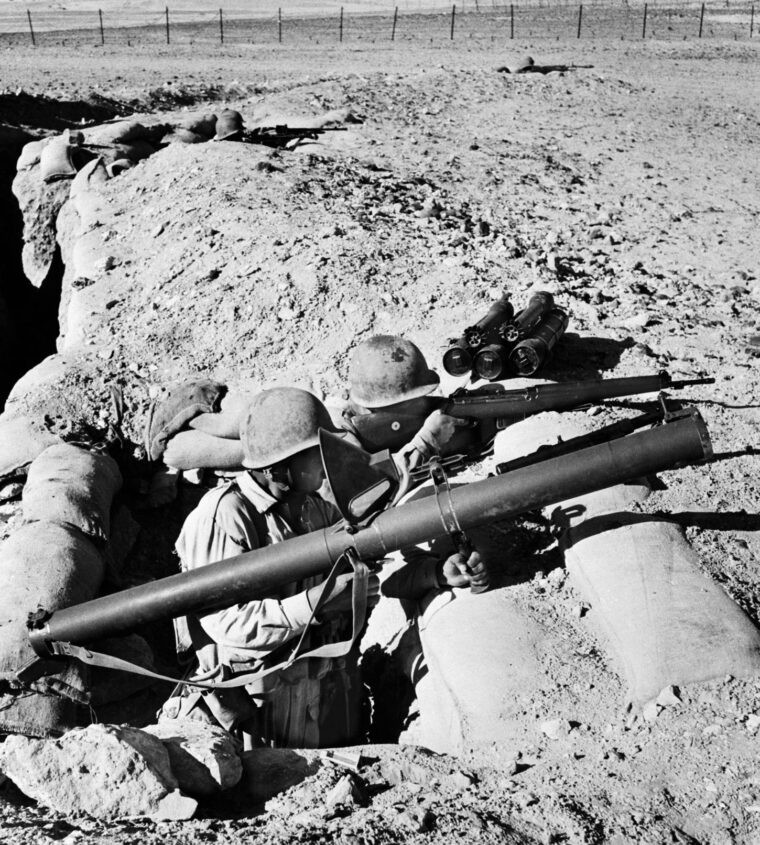
Bolstered and emboldened by his newfound strength, Nasser soon claimed the right to seal the narrow Straits of Tiran against Western shipping bound for the isolated Israeli port of Eilat at the head of the Egyptian-dominated Gulf of Aqaba. At the same time, he closed the air route over the straits to airplanes flying between Israel and destinations in Africa and East Asia. It was all part of a plan to bankrupt Israel and effectively isolate it from the world community. After the United States broke off talks about funding the proposed Aswan Dam across the Nile River in protest of Egypt’s de facto blockade of Israel, an infuriated Nasser unilaterally nationalized the Suez Canal on July 27, 1956.
Fearful that Nasser meant to control the free flow of all Western goods through the canal, Great Britain and France entered into a secret pact that proposed using military force to guarantee their countries’ continued right of passage. This secret pact mirrored the increasingly embattled psychology prevailing within the Israeli government at the time. Denied lawful access to crucial markets in Asia and Africa, and alarmed by the sudden build-up of the Egyptian armed forces, Israeli leaders were convinced that Nasser intended to launch the often-promised war of annihilation against the Jewish state. In self-defense, the Israeli government began to plan a preemptive strike of its own and attempted to purchase arms from nominally friendly Western nations.
On September 1, 1956, the Israeli military attaché in Paris learned of the secret Anglo-French alliance against Egypt. Secret negotiations ensued at high government and military levels, and a deal was struck between Israel, France, and Great Britain on October 21. As part of a joint military campaign, British and French forces would parachute into Egypt or land amphibiously to secure the Suez Canal, while the Israeli Zahal would invade the Sinai Peninsula and the Gaza Strip. Zahal had three immediate goals: to destroy a large portion of the Egyptian Army’s offensive potential, to eliminate a number of troublesome guerrilla bases in the Gaza Strip, and to reopen the contested Straits of Tiran after overwhelming the Eyptian garrison at Sharm-el-Sheikh.
Israeli planning for the military offensive was placed in the hands of Chief of Staff Moshe Dayan, but it reflected the long-standing philosophy of Chaim Laskov, the spiritual father of the Israeli Defense Force (IDF). Facing a numerically superior and better-equipped Egyptian battle force, and fully expecting the United States and the Soviet Union to apply immediate pressure for a cessation of hostilities—albeit for entirely divergent reasons—Dayan and his staff outlined a lightning-fast offensive that would achieve all its goals and sow maximum destruction in the shortest possible time. The Israeli assault against Egypt was to commence on October 29, with the supporting Anglo-French air assault slated to begin a day later. The timing placed enormous political and military pressure on Israel by making the Jewish state appear to be the aggressor, but it was necessary in order to mitigate extreme political pressure inside Great Britain and France and deflect world opinion from the European superpowers.
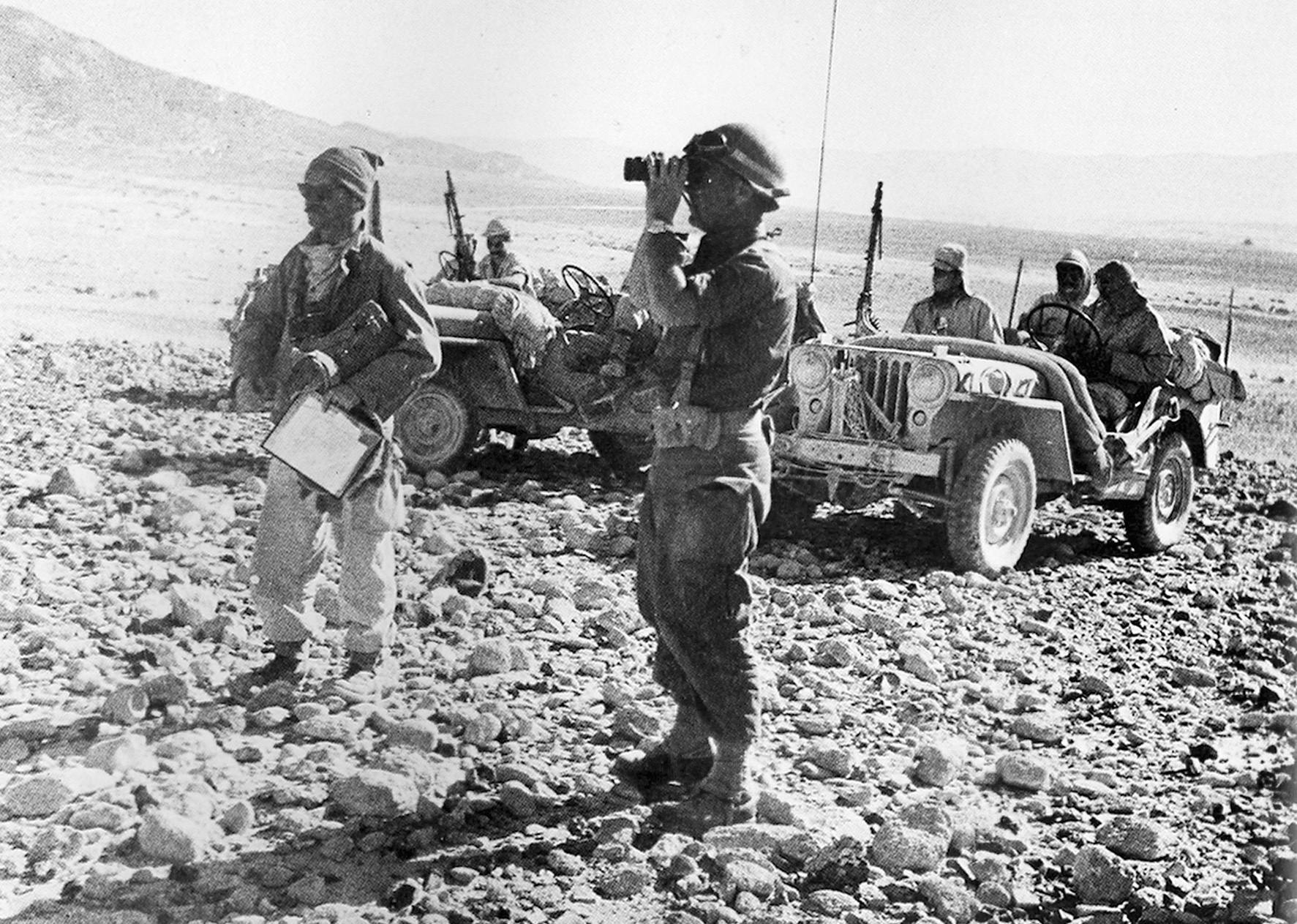
The opening phase of the plan envisaged by Dayan and his planners was a parachute drop far behind Egyptian lines at Mitla Pass, a natural bottleneck on two of the three major east-west highways crisscrossing the Sinai Peninsula. There were only enough C-47 Dakota transport planes in the Israeli Air Force to drop the bulk of one parachute battalion, 395 men in all, east of the pass. Given the high state of readiness the paratroopers of the 1st Battalion, 202nd Brigade had achieved, not to mention their proven combat prowess, a battalion was thought to be sufficient to achieve the straightforward goal of creating a diversion in the rear of the Egyptian forces in Sinai. To ease the isolation of this small force, the rest of the parachute brigade was to rush overland to Mitla Pass by way of the southern road, from Kuntilla via Themed and Nakhle. If successful, the paratroop battalion—and later the entire brigade—would be in position to block an important Egyptian line of reinforcement and retreat.
Coupled with the initial parachute drop, one Israeli reserve infantry brigade was to advance from the Israeli town of Nitzana to seize jump-off positions around the important road junction at the Egyptian town of Kusseima. Behind this advance infantry brigade, two Israeli divisional task forces were to move into place and await orders from the government on whether to proceed along the coastal or central approaches from Israel to the canal. Depending on what Great Britain, France, and Egypt did next, the Israelis were to break through whatever Egyptian force they confronted on the coast and in the center, and then advance swiftly across Sinai to within 10 miles of the Suez Canal.
To attain both strategic and operational surprise, the Israeli plan was exactly the reverse of any logical military order. The farthest objective—Mitla Pass—was also the first target. Then the general offensive was to open in the center, followed by an attack on the nearest and most vexatious objectives, Gaza and its teeming guerrilla bases. Sharm-el-Sheikh and the Straits of Tiran, the strategic and political objectives whose control by Egypt had precipitated Israel’s decision to go to war, were left for last.
Operationally speaking, the strengths of the larger and more powerfully equipped Egyptian forces determined the sequence of the Israeli attacks. Holding or seizing Sinai was largely a matter of controlling Sinai’s road network. The Egyptians tended to concentrate their forces at crossroads while leaving natural obstacles unguarded. The seeming illogic of the Israeli objectives was intended to keep the Egyptian commanders guessing about where and when they should commit their mobile reserves. Once a defensive sector close to the Israeli frontier had been reduced or bypassed, long advances into the Egyptian rear could be achieved across unguarded stretches by the relatively more mobile Israeli brigades.
There was considerable concern on the part of French strategists that 10 smallish Israeli brigades would be unable to defeat a much larger Egyptian force consisting of two infantry divisions, seven large independent infantry brigades, one tank brigade, two independent infantry battalions, and assorted garrison units. Dayan had to go out of his way to convince his French colleagues that the Israeli assault force had far greater mobility and agility than the Egyptian force it was facing, and that Israeli leadership, training, morale, and motivation were far superior to those of the Egyptians. The arguments were tenuous at best, but Dayan was given unwitting help by the Egyptians when at the last minute they moved their two infantry divisions and only tank brigade from eastern Sinai to guard the Suez Canal against a feared Anglo-French assault. At that point, even though they enjoyed only a bare advantage in numbers of brigades—and none at all in numbers of troops, tanks, or guns—the Israelis were able to convince their allies that they could indeed achieve their relatively ambitious objectives.
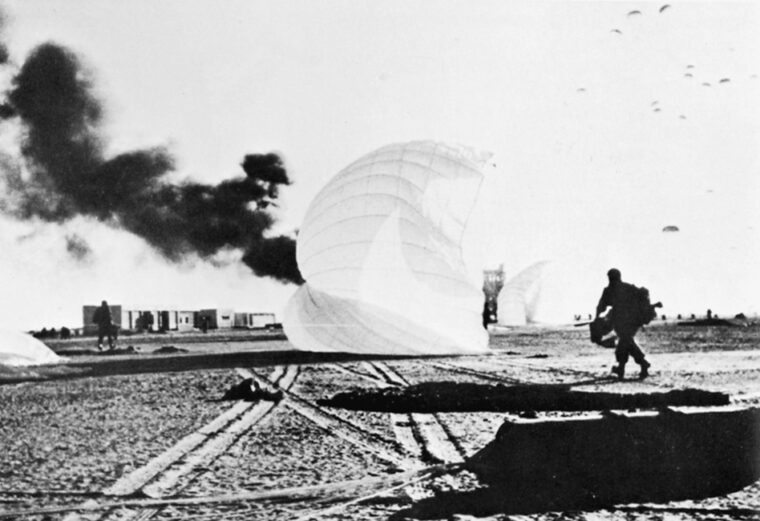
To keep their intentions secret for as long as possible, the Israelis did not begin to mobilize their reserve units until the last possible minute, October 26, and then only the two armored infantry brigades were called up via secret messengers. The next day, only 48 hours before the initial assault, the national radio was employed to call up the bulk of the reserve infantry and selected home guard units. The delay naturally led to mass confusion. The tanks and half-tracks of the two reserve armored infantry brigades could not be fully serviced in the time allotted, a factor that led to numerous breakdowns after the war started, and many of the 13,000 civilian vehicles that were commandeered for Army use could not be readied for combat in less than one day. Indeed, most of the reserve infantrymen themselves could not assemble as quickly as ordered. They all reached their unit depots more or less on time, but equipment either was not issued or else was inadvertently left behind, and few reservists went into battle knowing eactly what their units were supposed to accomplish. Nevertheless, the government and the Army general staff had carefully weighed the risks, and Zahal’s core of battle-tested professionals was prepared to make do as never before.
The Attack Begins
The Israeli Air Force struck the first blow of the campaign when, late in the afternoon of October 29, four P-51 Mustang fighter-bombers swept in low over the Sinai Peninsula and cut many existing telephone lines with their propellers. This audacious and imaginative blow crippled the Egyptian Army’s command and control structure, leaving the 30,000 troops in the Egyptian 3rd Infantry and 8th Palestinian Divisions completely cut off and without instructions. Just before sunset, 395 Israeli paratroopers jumped into a drop zone east of Mitla Pass and dug themselves into blocking positions in the low hills around the defile’s eastern end. During the night, an Israeli reserve infantry brigade hiked into Sinai from the vicinity of Nitzana and easily secured the Kusseima crossroads.
In three short steps, the Israelis had severely disrupted Egyptian communications throughout Sinai, blocked a vital line of supply and communication at Mitla Pass, and outflanked the bulk of the Egyptian forces in east-central Sinai. Soon, however, Dayan’s carefully orchestrated plan came unglued. Early in the afternoon of October 30, the general in charge of the Southern Command, Brig. Gen. Assaf Simchoni, learned that a light reconnaissance unit had reached a narrow defile called Deika Pass without encountering any Egyptian resistance. Israeli jeeps had driven from Kusseima almost to the rear of Abu Agheila, the westernmost and largest Egyptian defensive position in east-central Sinai. West of Abu Agheila, as Simchoni knew, there was virtually nothing to prevent his brigades from rushing all the way to the Suez Canal port of Ismailia.
Leaving Deika Pass unguarded was a major blunder on the Egyptians’ part, and Simchoni instantly realized that Israel’s military and political objectives in Sinai could be achieved in far less time and cost if he could exploit the Egyptian oversight by rolling up Abu Agheila from the rear. However, there was only one unit in the Zahal that was equipped with tracked vehicles, and it was sitting idle near Nitzana. Without consulting Dayan, who was roving hither and yon across the entire southern zone of operations, Simchoni unilaterally tapped the command’s reserve, which consisted of Colonel Uri Ben-Ari’s 7th Armored Brigade, Zahal’s only full-time standing armored force.
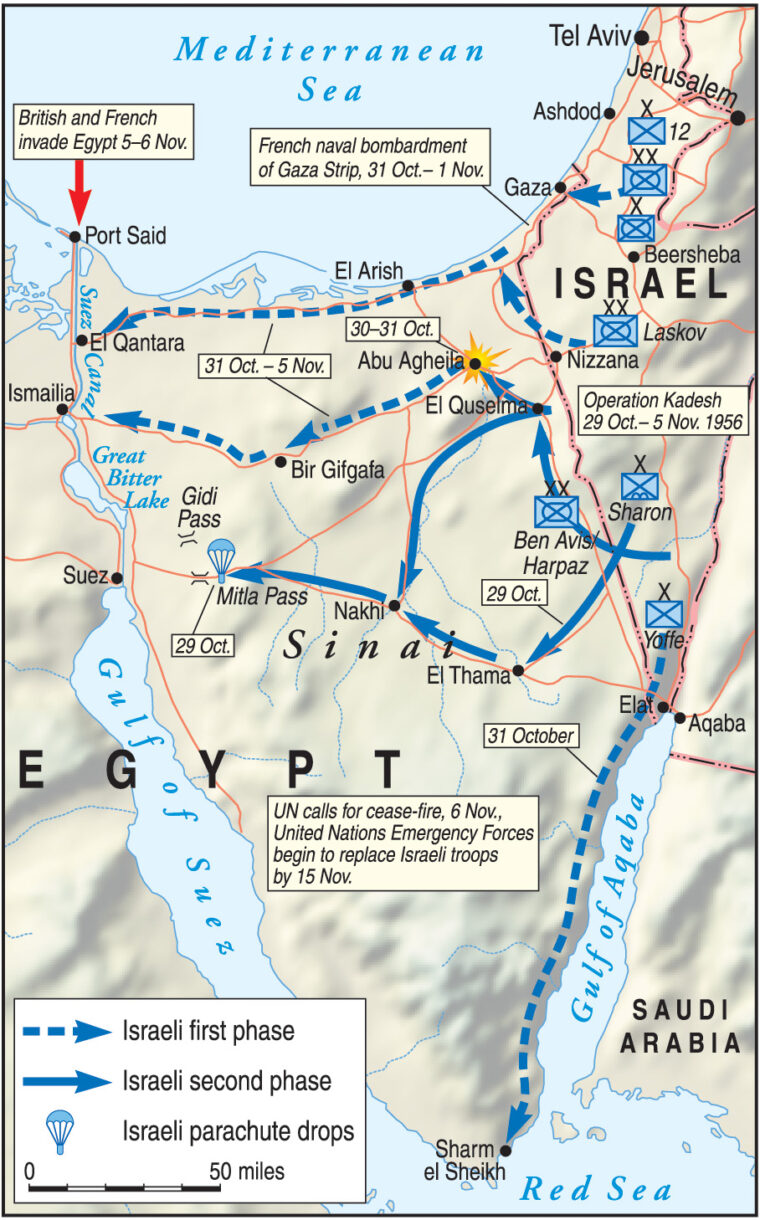
With only skeletal information and instructions provided by Simchoni, Ben-Ari, a spectacularly aggressive military innovator, improvised an assault straight up the rear of the Abu Agheila defenses.
When Dayan discovered at sunup on October 31 that the entire 7th Armored Brigade was on the move against Abu Agheila, he nearly countermanded Simchoni’s attack order. But by the time Dayan heard the news, just before 0500, the leading elements of Ben-Ari’s brigade already were approaching the Egyptian rear. Dayan had no choice but to let events unfold. As often happens in warfare, the unexpected had outrun the planned.
Armored Initiative
At dawn on October 31, Lt. Col. Avraham “Bren” Adan’s combined tank-infantry task force began its attack on the rear of Abu Agheila. This time the Egyptians were ready, having noticed hours earlier that an Israeli force of some type was approaching from the south and southwest. As the half-tracks bearing the first armored infantry company of Bren’s force got to within two miles of the base wire, the Egyptians opened fire with a full battalion of 25-pounder field guns, antitank and infantry weapons that had been shifted to the rear to counteract the attackers. Other Egyptian soldiers manning the outlying position at Ruefa Dam, on the high ground immediately south of Abu Agheila, blasted the right flank of the Israeli assault force.
The lead company of Israeli Sherman tanks suppressed the fire from Ruefa Dam, while the infantry-laden half-tracks pressed straight on toward Abu Agheila. An Egyptian armored reaction force quickly pressed in from the north along the road from the coastal city of El Arish, but it was counterattacked and defeated by Israeli tanks guarding Bren’s left flank. Abu Agheila was held by the equivalent of three Egyptian infantry brigades supported by a battalion of 25-pounders and 23 antitank guns. But even though the Egyptians had shifted their defenses to meet the attack of the Israeli armored task force, the vast complex of military camps fell to the equivalent of a battalion of Israeli tanks and armored infantry in only an hour.
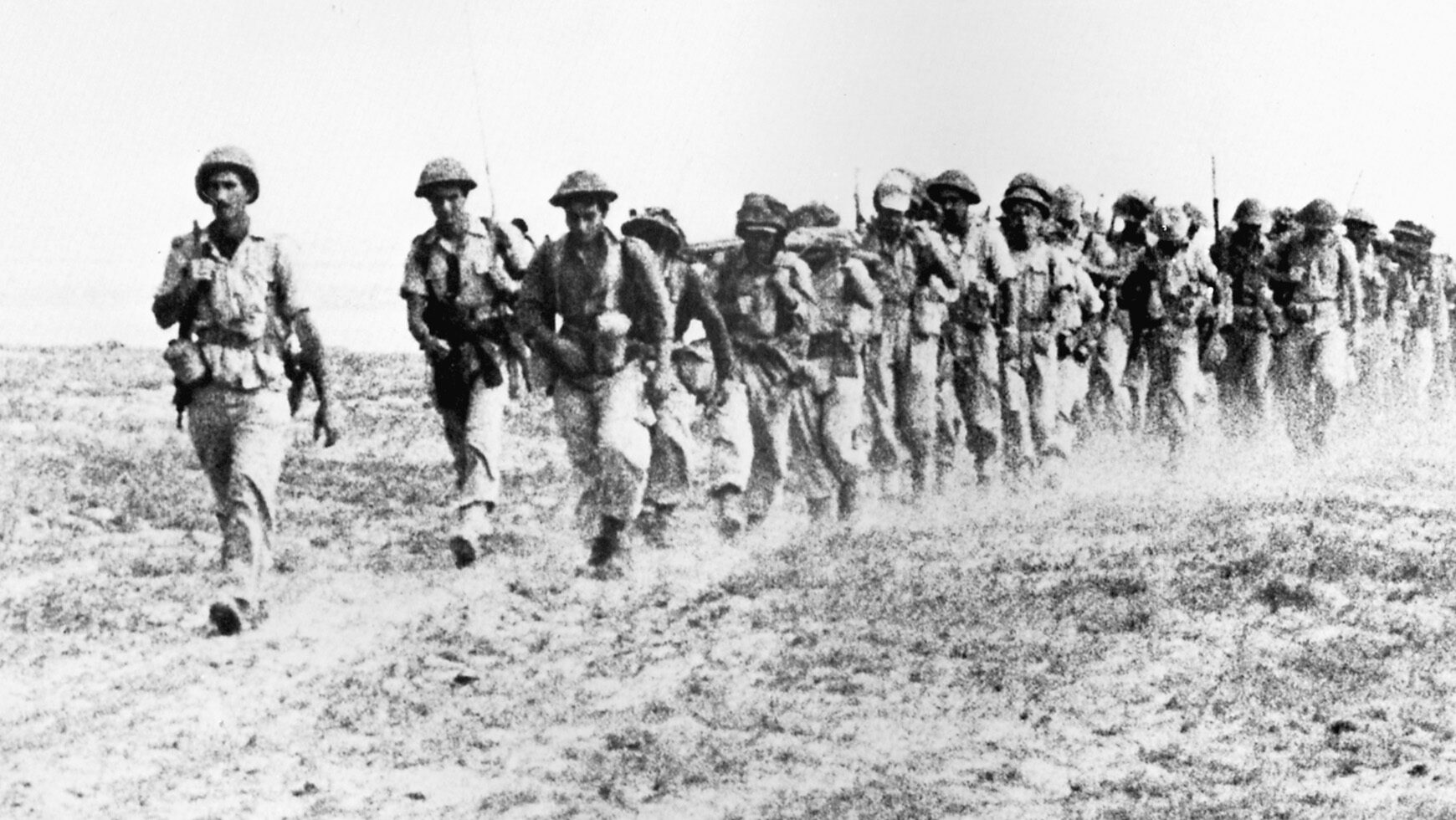
After the main base fell, the Egyptians continued to fire on Bren’s armored task force with artillery from another fortified position to the east, and more Egyptian tanks moved down from the direction of El Arish. Bren’s own tanks, assisted by a flock of Israeli fighter-bombers, held both threats at bay. At this point, a second Israeli armored task force was to have passed through Bren’s column to reduce the Ruefa Dam position. Before it could move out from blocking positions at the head of Deika Pass, news arrived that a large part of Egypt’s only tank brigade—two T-34 medium tank battalions, a company of SU-100 assault guns, and a battalion of mechanized infantry—was moving along the main road from Ismailia toward Abu Agheila. Immediately, Ben-Ari added a bevy of mobile supporting arms to the second task force and set off hastily down the road to Ismailia. On reaching the major road junction at Jebel Libni, about 15 miles west of Abu Agheila, Ben-Ari halted his force and dug in to stop the oncoming Egyptians.
As it turned out, the Egyptian force never reached Jebel Libni. Israeli fighter-bombers caught it on the open road about 30 miles west of Ben-Ari’s ambush and destroyed or disabled many T-34s, SU-100s, and APCs. When Ben-Ari heard that the survivors had begun a bloody withdrawal back toward the canal, he mounted his force to chase them down. Ben-Ari’s armored task force never caught up with the retreating Egyptians, but it did advance to within 10 miles of the Suez Canal before it was ordered to stop. Along the way, it easily swept aside several roadblocks the Egyptians had set up to delay it. (This swift, effective advance argued strongly in favor of an independent role for armor within Zahal’s war-fighting doctrine. Hitherto, Israeli armor had been a mere adjunct to the infantry, something that Ben-Ari had been vociferously—some would say obnoxiously—fighting for years.)
While Ben-Ari’s armored task force had been moving west by way of the central route across the Sinai, a third 7th Armored Brigade task force had been moving to the west by a more southerly route. This task force was to have supported Bren’s assault on Abu Agheila, but word arrived just before the attack that an Egyptian mechanized force was moving up from the southwest. The third task force went off to investigate the report and turn back the interlopers. After it had advanced all the way to Bir el-Hassne without finding any Egyptians, the force was ordered to continue to Mitla Pass to bolster the dug-in paratroopers.
While the other two segments of the 7th Armored Brigade were attacking to the west, Bren’s victorious force was ordered, on the evening of October 31, to seize the Ruefa Dam defensive position. Bren’s tanks and half-tracks moved out at sunset—right into the face of 19 entrenched antitank guns and six 25-pounder artillery pieces. As the Israeli tanks led the way into the Egyptian position, every one of them was struck at least once by antitank rounds and many were disabled. Bren refused to give up. Even after many of the Shermans ran out of ammunition, the attack bore down on the well-entrenched defenders, running directly over those who did not break and flee. As the halftracks followed the tanks across the Egyptian trenches, the armored infantrymen tossed hand grenades over the sides and sprayed foxholes with automatic weapons fire. The defenses cracked and the surviving Egyptians, who had fought bravely, fled or surrendered.
As the Israelis were scouring the abandoned defenses and taking stock of their own losses, Egyptian artillery from another strongpoint opened fire in support of an infantry counterattack from the Umm Katef position. The Israeli tanks and armored infantry easily repulsed the last-ditch attempt, but Bren’s tanks had been rendered virtually ineffective by lack of ammunition and spare parts.
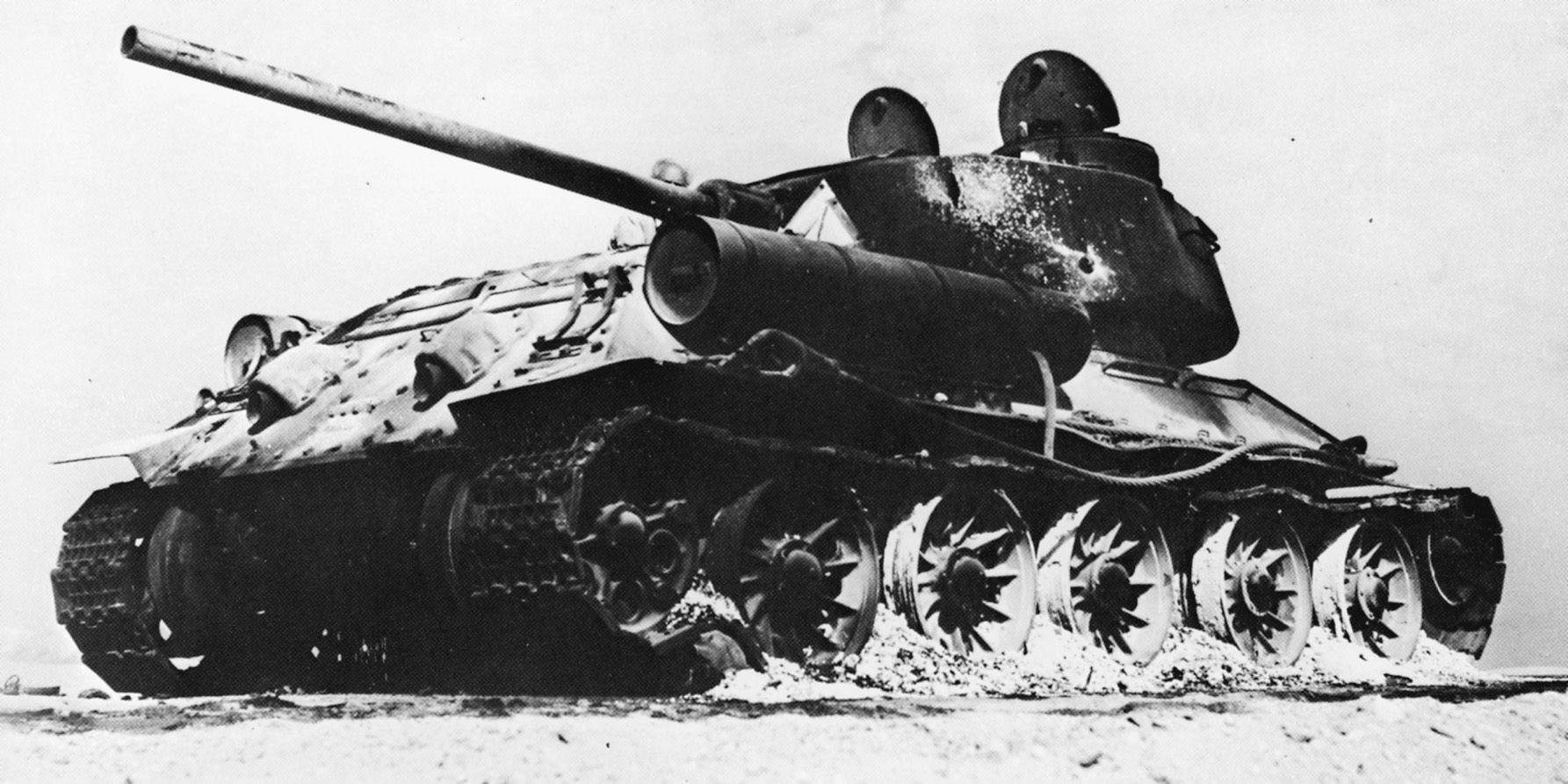
Infantry in the Umm Katef Bottleneck
On the morning of November 1, Simchoni reluctantly committed his last reserve infantry brigade to capturing Umm Katef by direct frontal assault. Simchoni had been forced to commit the infantry to a risky frontal assault on a powerful position to open a direct line of supply to the three divergent components of the 7th Armored Brigade. Not only had Bren’s task force been rendered hors de combat by lack of ammunition and maintenance, but the two mobile task forces to the west were losing increasing numbers of tanks and half-tracks due to similar equipment failures. Since Bren was no longer able to fight through from the west, Simchoni was obliged to commit the infantry to clear the Umm Katef bottleneck from the east.
Two Egyptian outposts between Nitzana and Umm Katef fell to the 10th Reserve Infantry Brigade’s reconnaissance group almost without bloodshed, but after the unit was reinforced by an infantry company and sent forward toward Umm Katef itself, the Egyptians delivered a bloody repulse. The stunned Israeli brigade commander went more or less to ground for the rest of the day.
As Simchoni hectored the 10th Reserve Brigade to get on with it, two battalions of infantry attempted to deliver a night attack against Umm Katef’s northern and southern flanks. Both units, predictably, went astray in the dark. One of them finally found Umm Katef, but only after sunrise, by which time the Egyptian artillery was able to blow it off the battlefield. The second battalion missed Umm Katef altogether and settled for capturing a small outlying position. Simchoni and Dayan, who was following the action closely, were not impressed. The brigade commander was replaced on the spot and two armored infantry task forces of the 37th Reserve Armored Infantry Brigade were ordered up to resume the assault.
The Israeli tanks and armored infantrymen attacked Umm Katef frontally. In the course of yet another bloody repulse, the brigade commander was killed while leading a futile last-ditch assault. As the Israeli survivors pulled back, the Egyptians, perhaps convinced that they were about to be cut off, slipped away during the night. The next morning, after clearing routes through the Egyptian minefields, the 37th Reserve Armored Infantry Brigade captured Umm Katef without further loss of life.
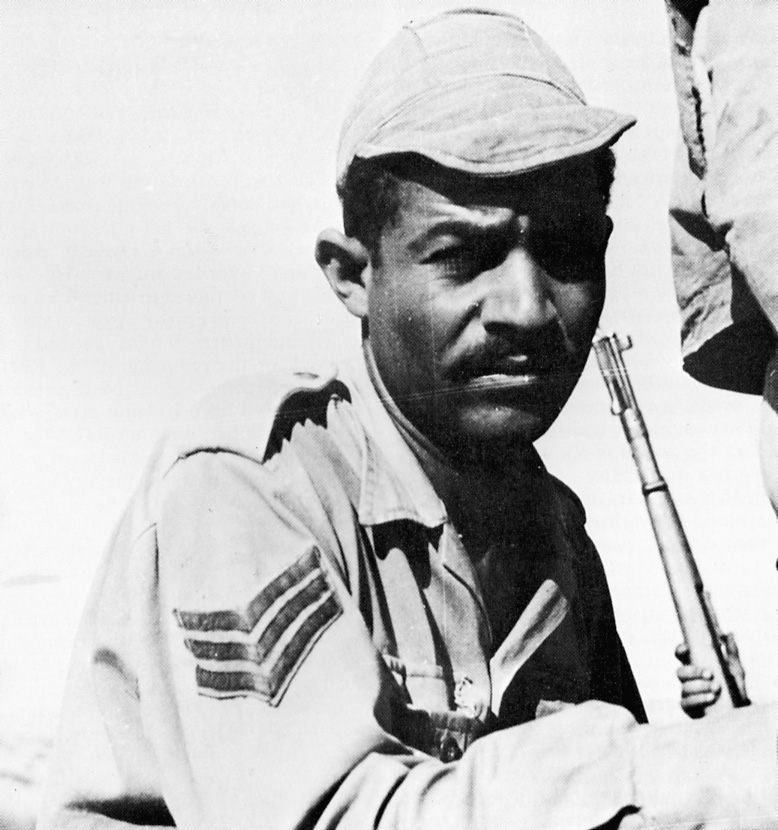
While the fighting was raging in the center, an Israeli divisional task force commanded by Brig. Gen. Chaim Laskov and consisting of the 1st Infantry Brigade and the 27th Reserve Armored Infantry Brigade opened an attack through Rafah to seal off the southwestern end of the Gaza Strip. Launched just after midnight on November 1, the meticulously planned attack by one armored infantry and four infantry battalions quickly ran afoul of Egyptian minefields, but the commanders were able to improvise a path that carried their forces into and through the Egyptian defenses. By dawn, Laskov’s main body was in the clear on the coastal highway, bound for the main Egyptian headquarters at El Arish. That afternoon the Egyptians mounted a strong defense at Jiradi Pass. By the time the Israelis overran the pass, it was late in the day. Dayan had become unnerved by reports that the Egyptians were holding El Arish in considerable strength. Not wanting to risk heavy casualties, he ordered Laskov to stop a few miles east of El Arish and spend the night preparing to deliver a major assault.
When the attack was renewed at 0600 on November 2, the 27th Reserve Armored Infantry Brigade spearhead entered the city virtually without a fight. From there, Laskov raced almost to the Suez Canal, rolling up retreating Egyptians along the way. At the same time, two reserve infantry brigades supported by the 37th Reserve Armored Infantry Brigade were launching their attack on the city of Gaza. While 120mm mortars and tank guns dropped shells on the stoutly defended ridges that dominated the sprawling city, an armored infantry battalion and a squadron of tanks broke through the Egyptian main line of defense. An Israeli infantry battalion then entered the city on foot to mop up Egyptian defenders, most of whom were eager to surrender. At noon the city’s governor capitulated, and the bulk of the Egyptian Army garrison followed suit.
The Israeli attackers met resolute resistance only at Khan Yunis. There a brigade of the Palestine Liberation Army (PLA) refused to bow to reality—Israelis held all of the Gaza Strip to the north, south, and east of them—and it took until the afternoon of November 3 for an Israeli reserve infantry brigade and armored combat team to secure the town.
By prior arrangement, Israel had already accepted a disingenuous October 30 Anglo-French ultimatum that all Egyptian and Israeli forces remain clear of a cordon sanitaire extending 10 miles on either side of the Suez Canal. While British and French forces, as planned, occupied the “demilitarized” zone, Israeli brigades advancing along the coastal and central highways hounded the disintegrating Egyptian Army all the way across Sinai before halting on November 3. At the same time, a pincer force consisting of the 202nd Parachute Brigade and a fresh reserve infantry contingent closed on Sharm-el-Sheikh. Following a huge air strike on November 4, the two Israeli brigades moved into the battered city and effectively reopened the Straits of Tiran. The last Egyptian holdouts in Sinai and Gaza surrendered or withdrew on November 5.
Militarily, the Suez-Sinai campaign was a great success for Israel, but politically the adventure was a fiasco. England and France, under pressure from the United States, were forced to withdraw their forces from the region in mid-November, and a United Nations peacekeeping force moved into the Sinai in their place. British Prime Minister Anthony Eden resigned in disgrace two months later, and the seeds were planted for a rebellion of French Army officers a year later that toppled the nation’s Fourth Republic and returned Charles de Gaulle to power. Gamal Abdel Nasser, the so-called “Muslim Mussolini,” emerged as hero in the Arab world and, most ominously, Palestinians within Israel began the first faint stirrings of social unrest that would ignite into a continuing and as yet uncontained forest fire of rebellion whose flames would be felt as far away as the World Trade Center in New York City.
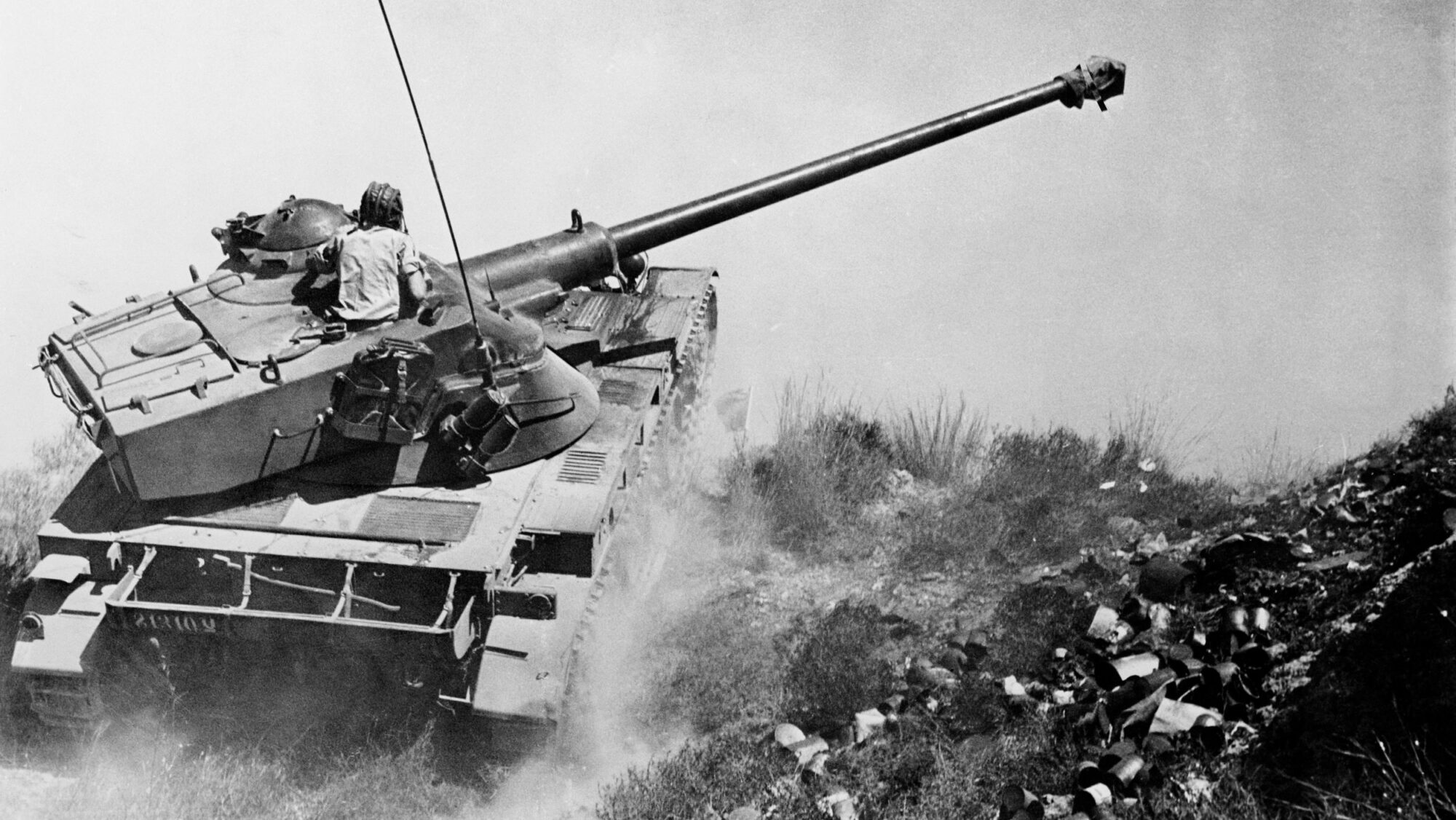
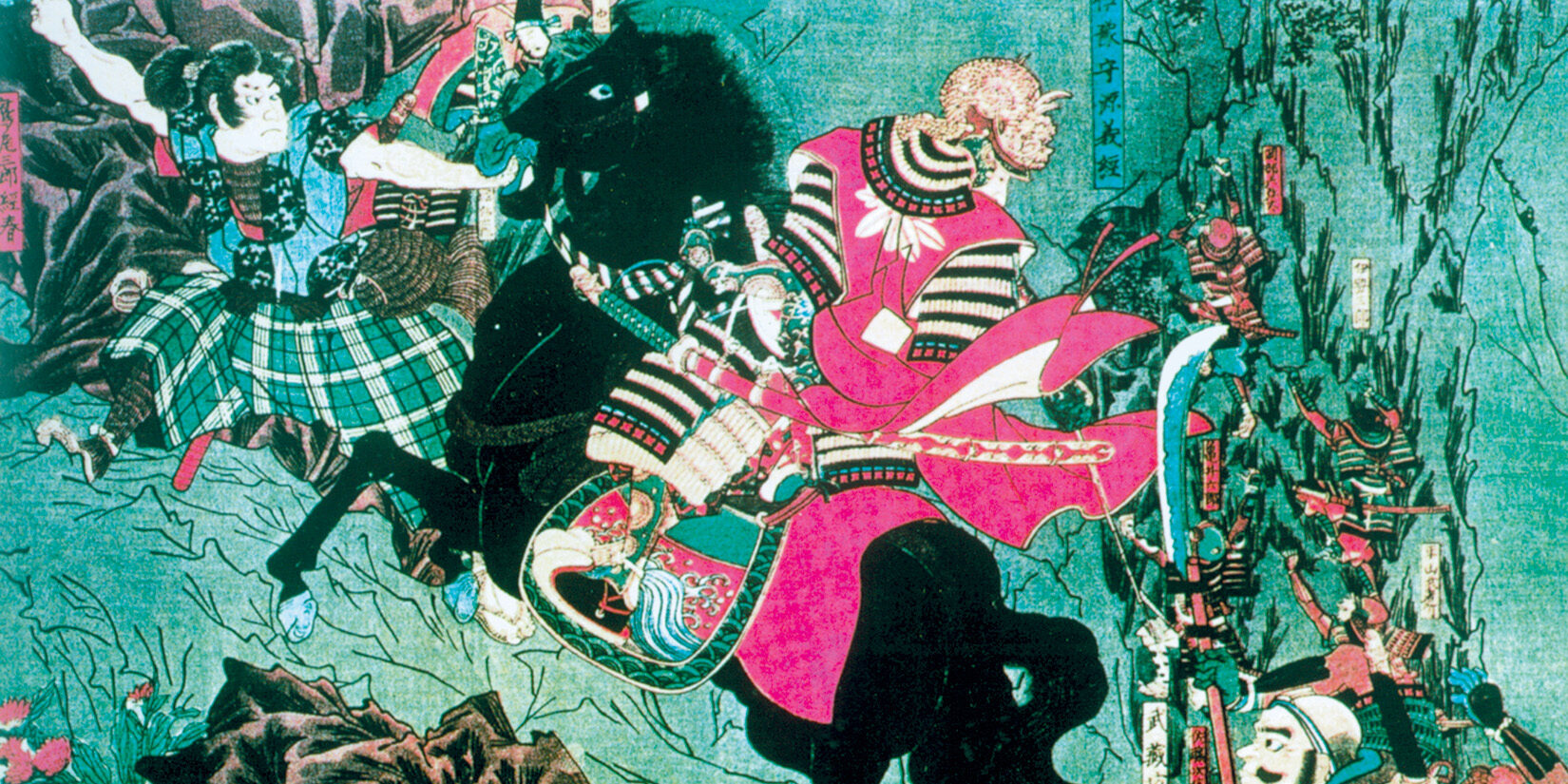
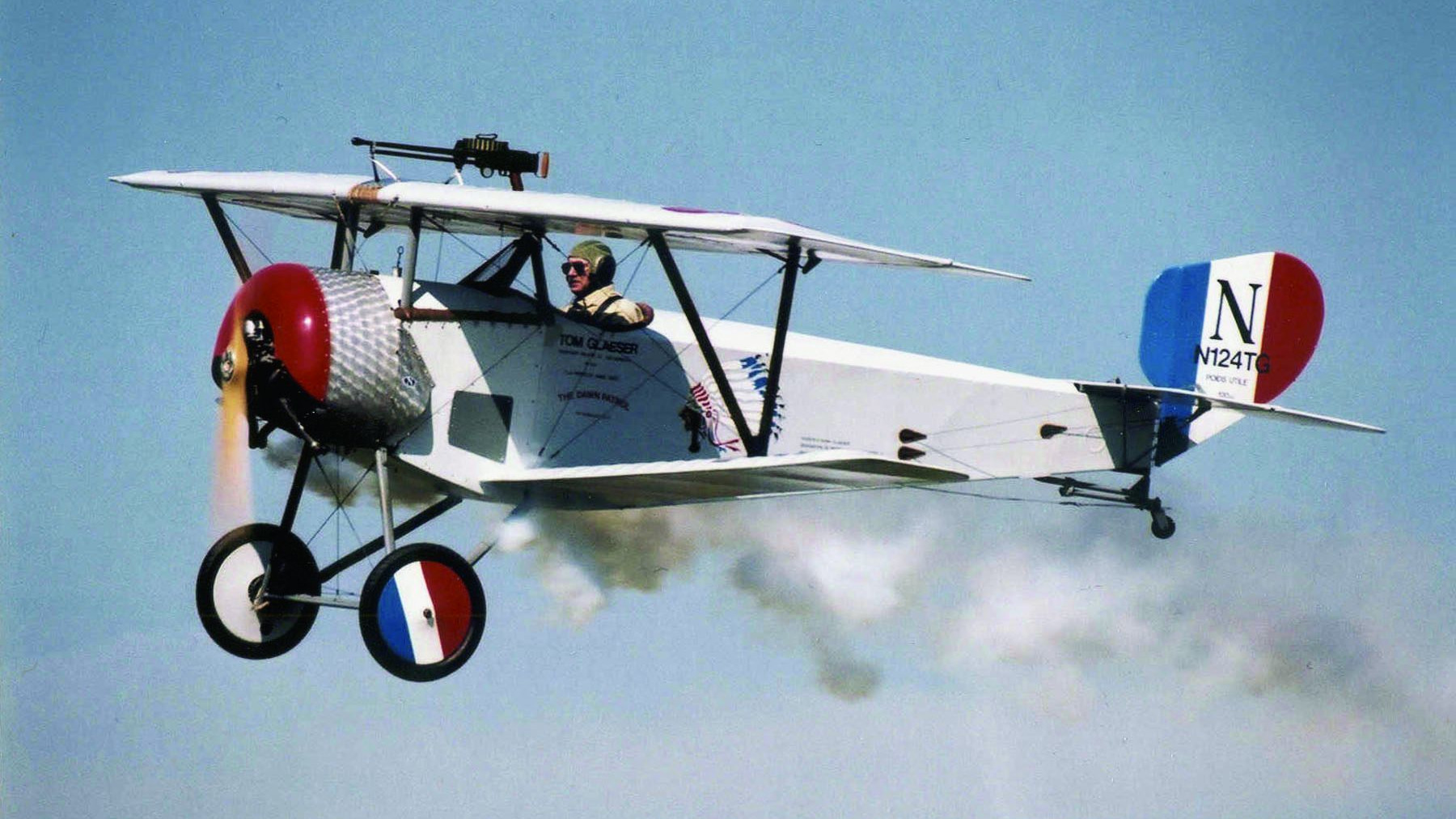
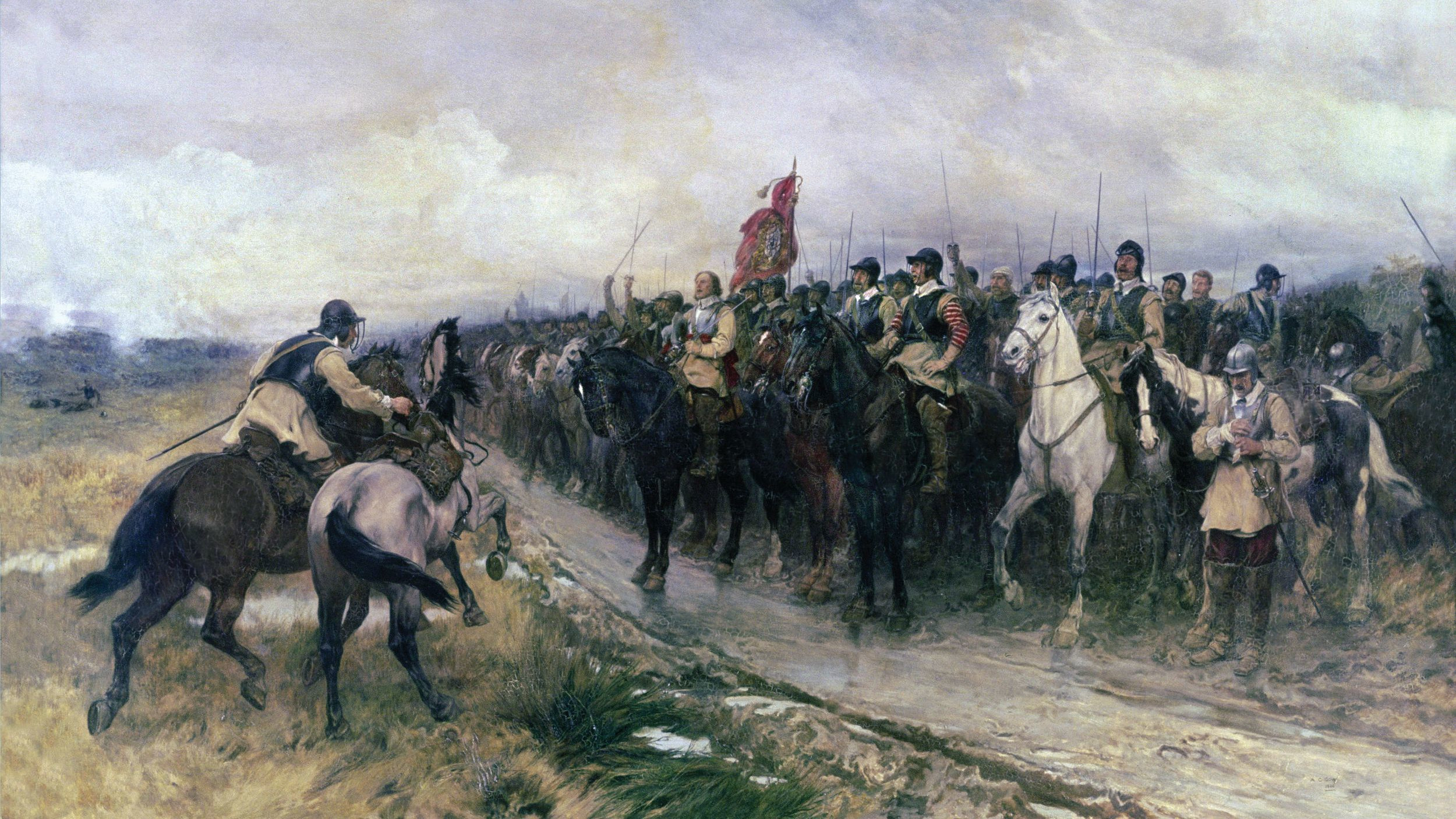
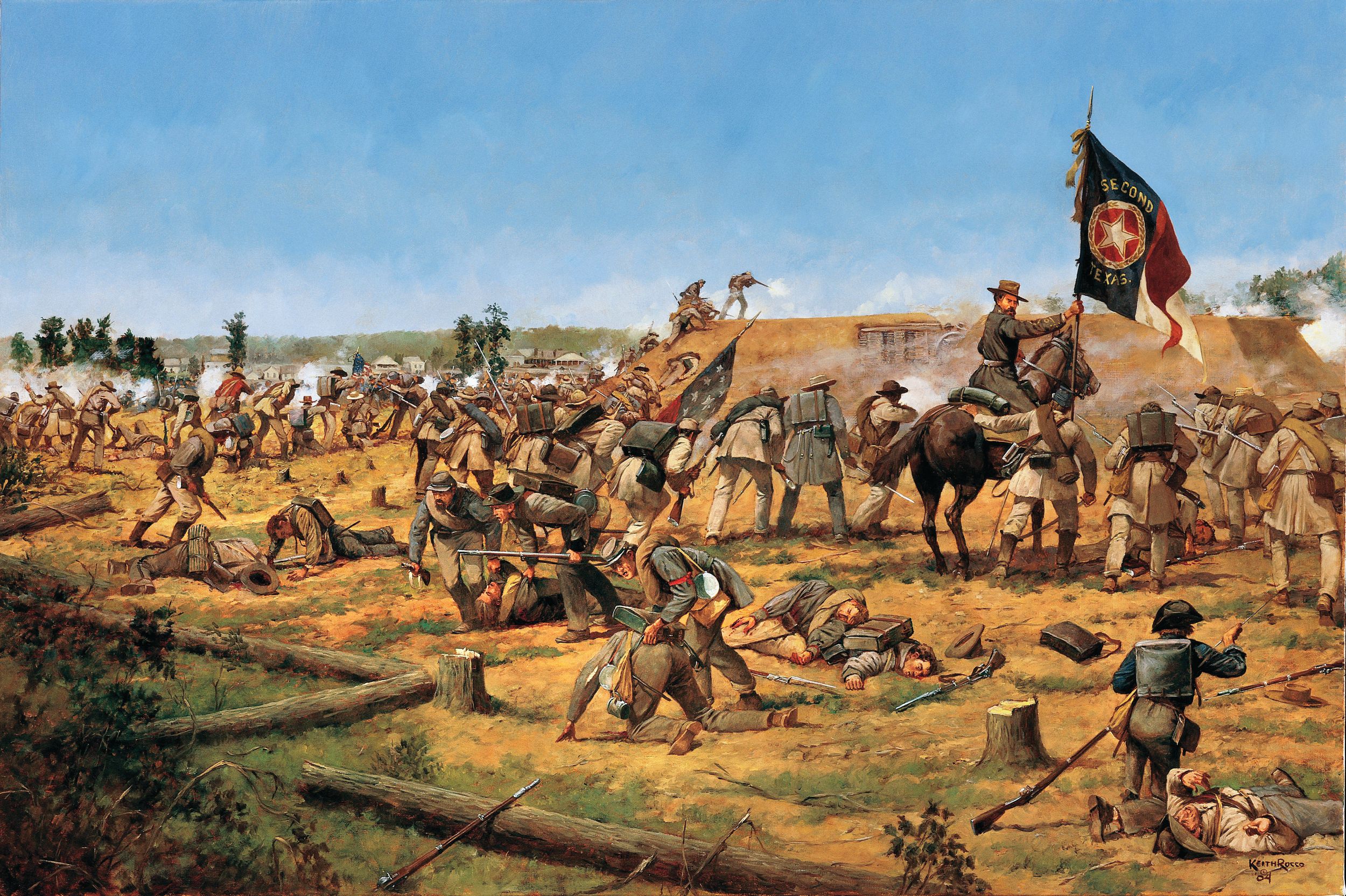

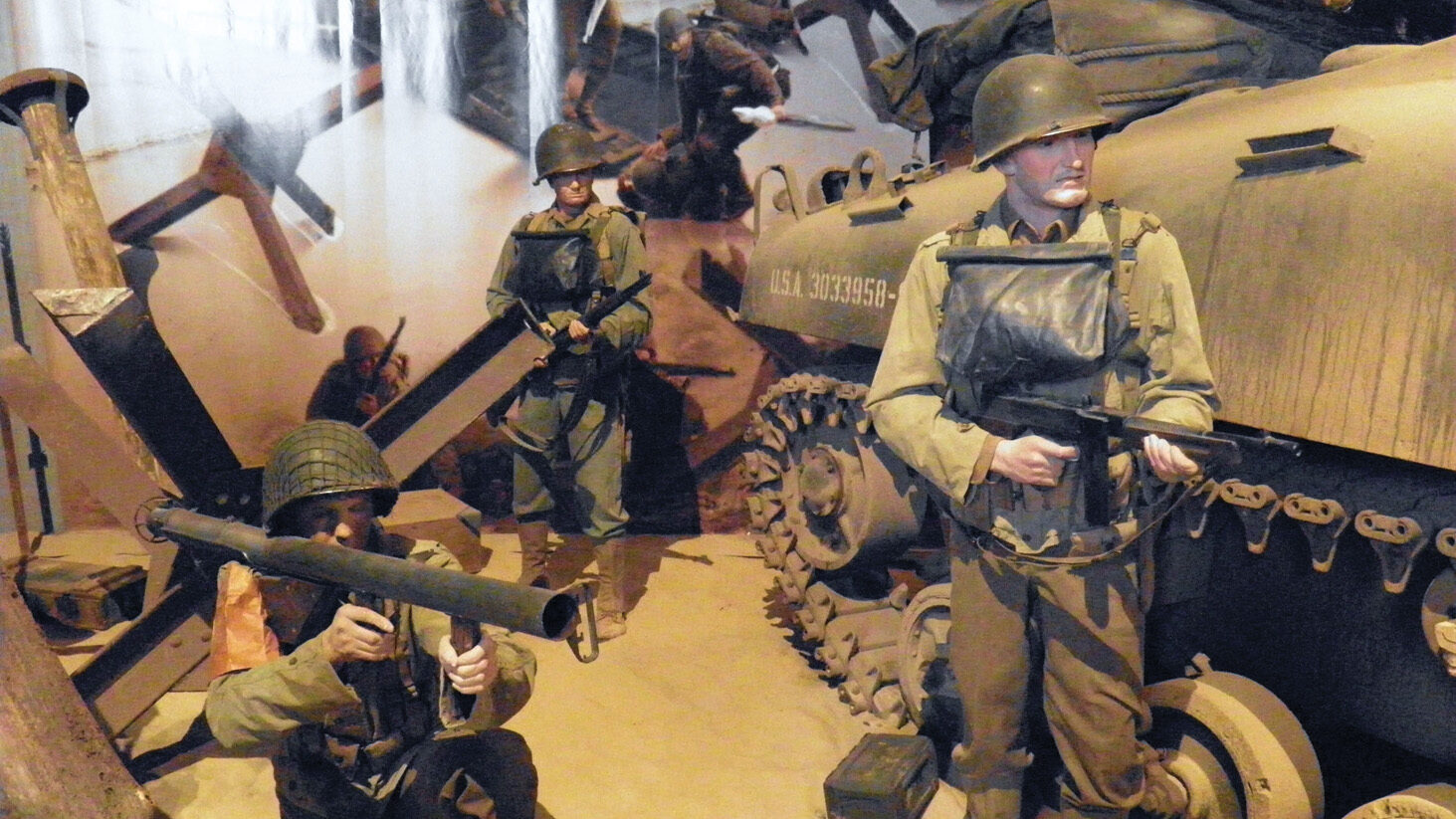

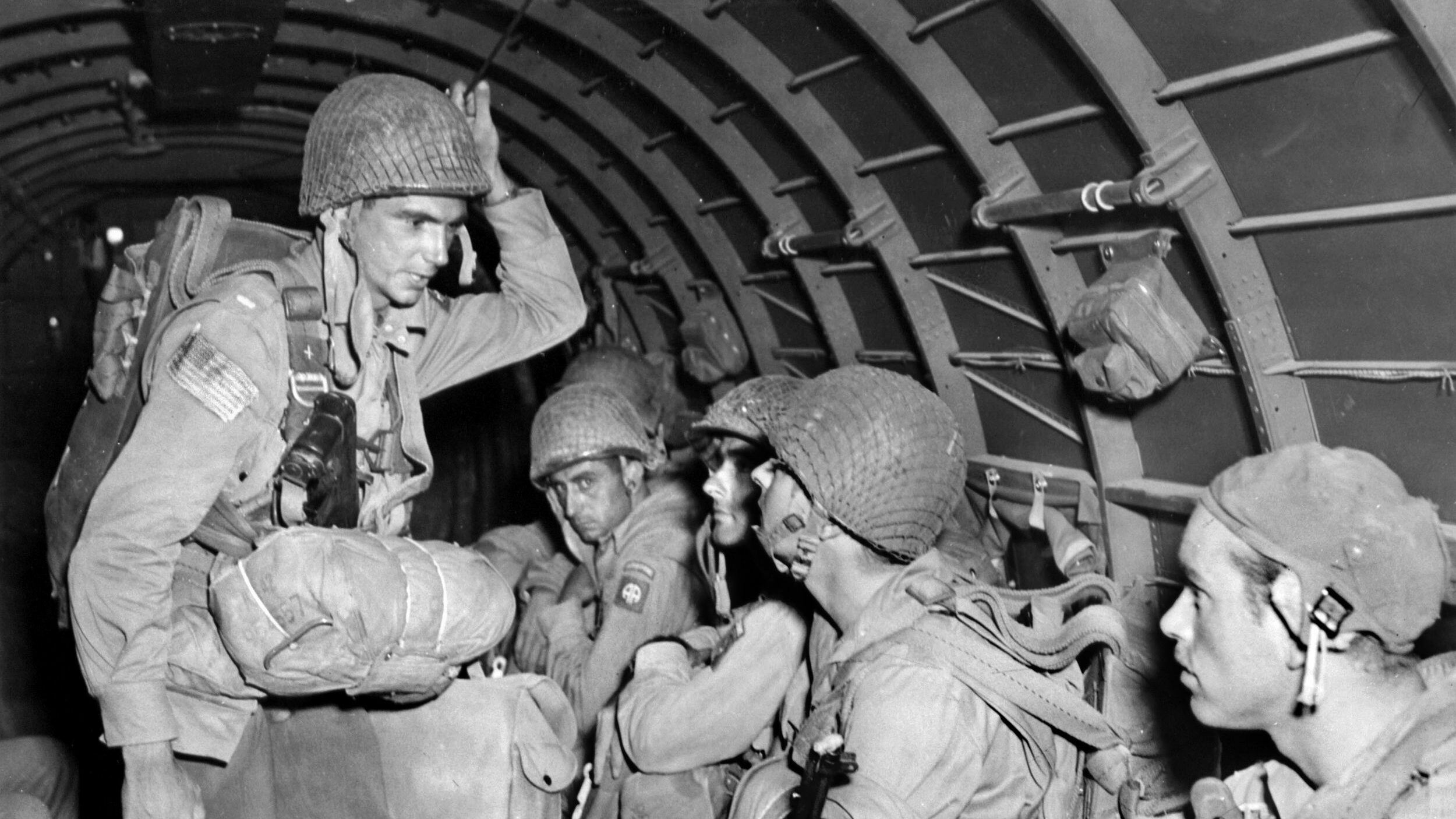
Join The Conversation
Comments